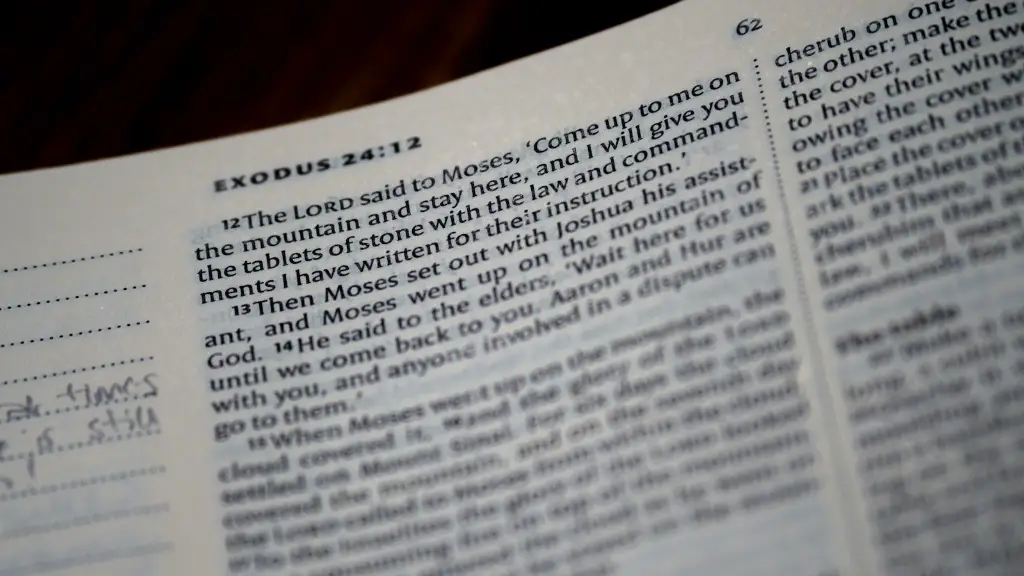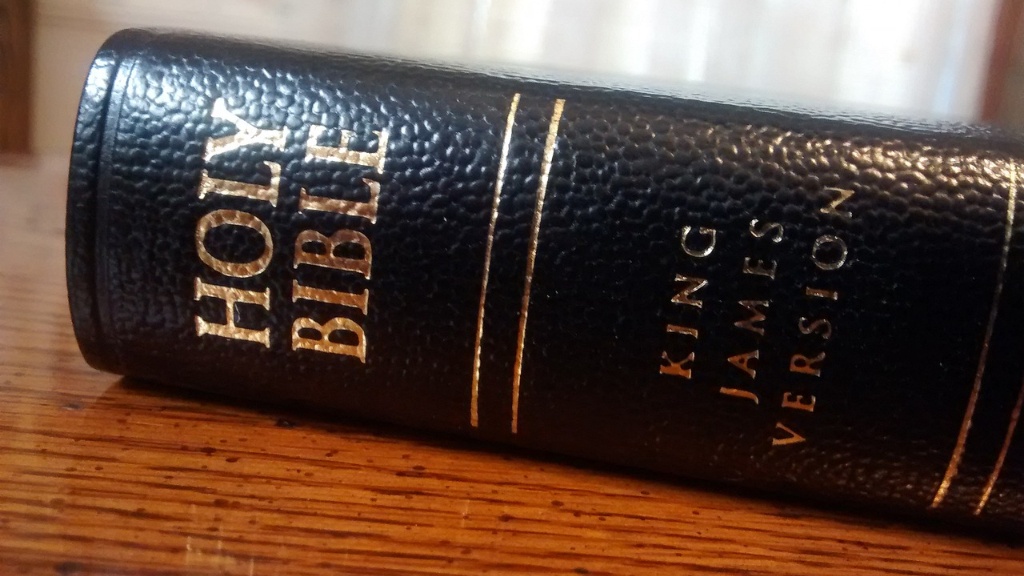Leaven, or yeast, has featured since Old Testament times in the Bible and has become an important motif for many religious and spiritual traditions. The significance of leaven in the Bible relies heavily on what it symbolizes in a post-biblical context. Biblical scholar David Flusser writes, “Leaven is the symbol of spiritual and moral evil, through its tendency to come from the outside to corrupt and pollute the structure of society.” The story of Passover, for example, is based in part on the biblical injunction against eating leavened bread during the Feast of Unleavened Bread, which commemorates the freeing of the Israelites from Egyptian slavery. The prohibition against leavening serves as a reminder of the importance of remaining humble and pure in the presence of God. In many cultures, leaven is often used to represent spiritual cleansing and renewal, as it is seen to represent the raising of the soul from a state of material bondage to one of spiritual freedom.
The concept of leaven as a metaphor for spiritual and moral evil is most clearly captured in the parable of the Mustard Seed, as recounted in the Bible. Here, Jesus compares the Kingdom of Heaven to a mustard seed, which is the smallest seed known to mankind. He tells the parable to illustrate the importance of faith in God, even when the odds are against you. He states that even with the smallest amount of leaven, which is less than a pinch of yeast, a person can achieve incredible results when given the proper ingredients and guidance. This parable speaks volumes to the power of belief and how even a tiny portion of faith can enable us to achieve our dreams.
In early Christianity, leaven was also used to symbolize resurrection, as it was thought that the process of fermentation was akin to a soul being raised from the dead. This meaning carries through to today in the form of the liturgical bread used for the Eucharist, the Mass and the Breaking of Bread in many Christian denominations. The use of leavened bread in these services has become a potent symbol of the hope of redemption and eternal life.
The ability to use leaven, and other ingredients, to ferment dough and bake bread is seen, by some, as a divine gift. The process of fermentation, traditionally performed by adding wild yeast to the dough, requires skill and patience to successfully create a loaf of bread. As such, baking is often seen as a craft, with an artistic component. Furthermore, the idea of transformation, of taking something simple and transforming it into something complex and unique, has become a powerful metaphor for the process of spiritual growth and renewal.
Leaven has been an important part of the Bible, Christianity, and many other religious and spiritual traditions for many centuries. The various symbolic meanings associated with leaven are powerful and evocative, and they are indicative of a deeper understanding of the fundamental nature of belief. Regardless of how one ultimately chooses to interpret the significance of leaven in the Bible, it is clear that the concept of resurrection, spiritual freedom and redemption is strongly tied to this powerful biblical symbol.
Does Leaven In The Bible Represent Sins?
The answer to this question is complex and can depend heavily on the interpretation of a specific passage of scripture in question. However, in many Christian denominations, leaven is often used to represent sins. This interpretation has become particularly pervasive in the New Testament, particularly in the Epistles of Paul. For example, in 1 Corinthians 5:7-8, Paul states, “A little leaven leaveneth the whole lump.” By this, Paul is referring to the idea that even small amounts of sins can corrupt someone’s entire life and ultimately bring destruction and separation from God.
In addition, the Feast of Unleavened Bread, as mentioned earlier, is seen as a reminder of the need to remain separated from sinful behaviour and to stay humble and remain focused on God. During this feast, the Israelites were commanded to eat only unleavened bread, which represents being pure and untainted by sin. As such, leaven has become a powerful symbol of sin and unrighteousness for many Christians.
What Use Is Leaven In The Bible?
Besides its metaphorical significance, leaven can have practical use in the Bible. In the books of Genesis and Exodus, leaven is used to make bread. In this context, it can refer to either wild or cultivated yeast and is said to be the key ingredient to making a successful loaf of bread. Beyond being a key component in baking, leaven is also used as an ingredient in ritual offerings to God, as commanded in the Bible.
Furthermore, leaven can represent the process of transformation and transformation of the soul. The use of leaven in a loaf of bread has come to represent the Christian idea of the soul’s journey of redemption. By kneading the dough, leavening it and then baking it, the dough is transformed, much like the human spirit is transformed when we encounter the grace of God.
What Are The Negative Associations With Leaven In The Bible?
Although leaven can be a symbol of spiritual and moral growth, it is also associated with corruption and sin in the Bible. In the Bible, leaven is not only viewed as a symbol of sin, but it is also prohibited from being used during certain feasts, such as during the Feast of Unleavened Bread during Passover. In this context, leaven is seen as symbolizing sin, and so eating it during this feast would be antithetical to the goal of spiritual redemption.
In addition, leaven was also seen as a sign of impurity and uncleanliness in both the Old and the New Testament. In Leviticus 2:11, leavened bread, honey and vinegar are all said to be unacceptable offerings that are to be consumed. In the New Testament, the yeast of the Pharisees and Sadducees is seen as a symbol of hypocrisy and unbelief. Thus, leaven can be seen to represent corruption and spiritual decline as much as it can be seen as a symbol of spiritual growth.
Does Leaven Have A Physical Representation In The Bible?
In the Bible, leaven is not just a metaphor or a spiritual concept, but it is also represented in a physical way. Leaven, in this case, is represented by yeast, which is a microscopic organism that can be cultured and used to ferment dough. In the Bible, yeast is often referred to as “leavening” and is said be an important component of bread-making.
Yeast also has an important part to play in other recipes, such as in beer and wine-making, where it ferments the sugars in the recipe and produces alcohol. In a spiritual sense, this process can be seen to represent the spiritual journey of man, as one starts out in a state of spiritual bondage and fermentation leads one through the process of faith and knowledge to a state of spiritual freedom.
Conclusion
The leaven in the Bible has had a long and storied history and continues to be a powerful symbol in many Christian and spiritual traditions. The use of leaven as a metaphor for spiritual and moral evil is particularly common and has come to represent sinfulness and separation from God. Additionally, leaven is often used to represent the idea of transformation and spiritual growth, as it is seen to represent the raising of the soul from a state of material bondage to one of spiritual freedom. Finally, leaven is also represented in a physical way in the Bible, as it is used as a key ingredient in bread-making, beer and wine-making.



